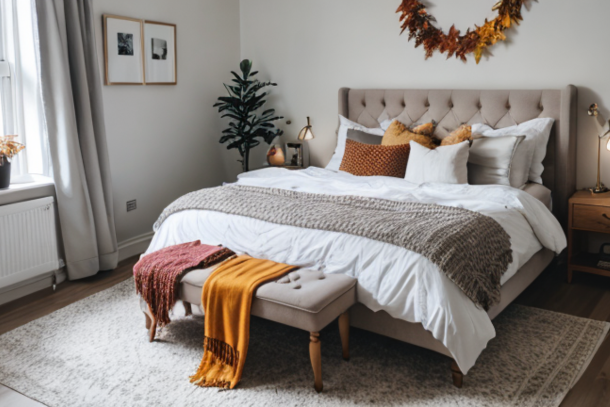A nightlight to lighten your night
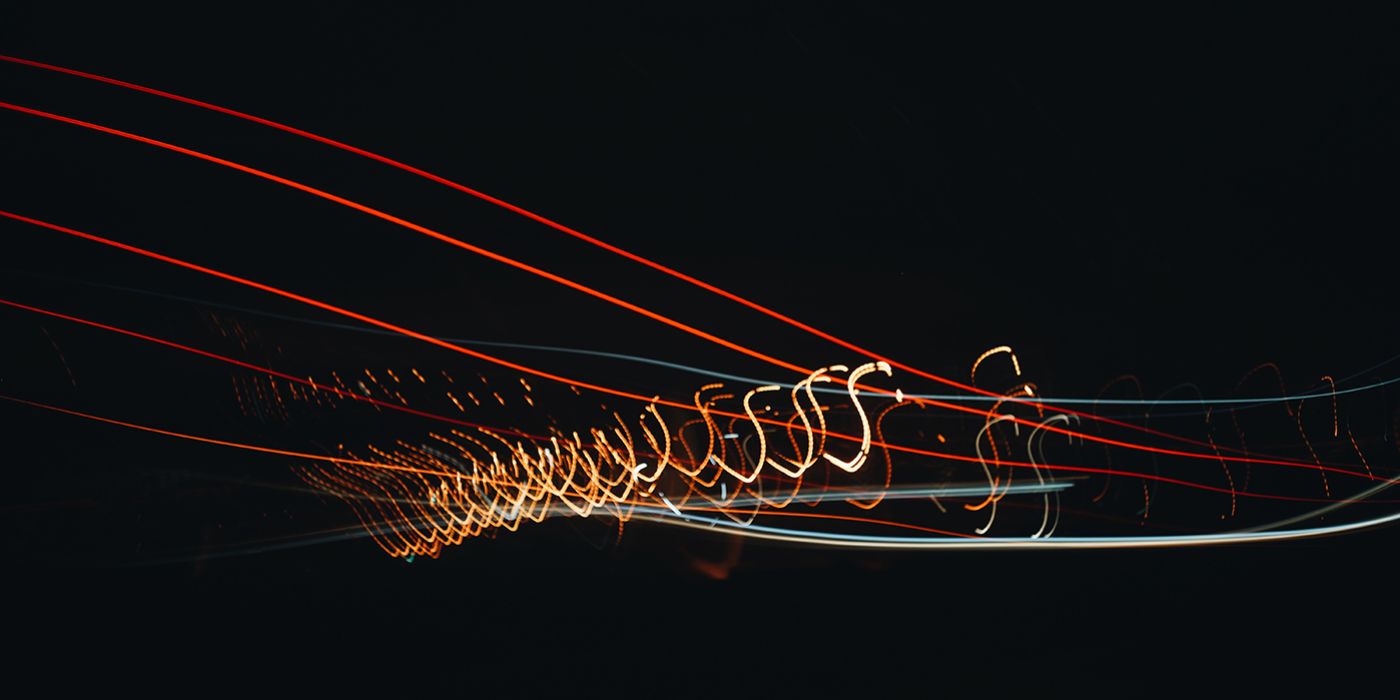
For those who use a nightlight at bedtime, you might be impacting your sleep routine more negatively than you think. Whilst a nightlight is a great remedy for those who are afraid of the dark, or have sleep anxiety, it can reduce the amount of sleep you are getting and impact its quality.
The advantages of using a nightlight
There are some advantages to using a nightlight within your sleep routine, such as reducing anxiety that is linked to a phobia of the dark. In addition, it can also provide relief to those who suffer with night terrors throughout the night.
If you sleep with white noise, there are nightlights that have additional features, such as those that play white noise throughout the night. Therefore, coupled with the nightlight, it may be a beneficial mixture to help you get to sleep faster.
If you plan to fall asleep but it is for the purpose of napping rather than a nightly sleep, a nightlight can prevent you from falling into a deep sleep, but this will not enhance the quality of your nap.
The disadvantages of using a nightlight
Unfortunately, there is more evidence to suggest that using a nightlight is actually more damaging to our sleep routine than we believe. Nightlights are linked to the act of frequently waking up during the night. This is typical of nightlights that display white or blue lights. The wavelengths of these colours are more likely to have a negative effect on your body.
Light at night prevents your body from producing melatonin. Melatonin is the sleep-inducing hormone, and without it, it becomes increasingly difficult to fall asleep. It is recommended that we sleep in a dark room, but if you do require a nightlight it can affect the time it takes for you to fall asleep. In this case, it is suggested that you use a nightlight that offers an alternative colour to white or blue. There is also evidence that suggests blue lights are closely associated with depression at night, showcasing their negative impact. Red nightlights are often recommended.
When you sleep, exposing yourself to light can make it harder for your brain to achieve deeper sleep. In the different stages of sleep, deep sleep is the most important. Out of an average of 8 hours of sleep, you should be getting around 1 to 2 hours of deep sleep. Using a nightlight can prevent this from happening.
Should you use a red nightlight?
When referencing a red nightlight, this is not a red light bulb, but a light that emits red light wavelengths. They are thought to encourage the production of melatonin, so by increasing the amount of melatonin you get, it suggests that you may fall asleep faster.
Red light has also been shown to reduce symptoms of sleep inertia. Sleep inertia is the state between being awake and being asleep, and for some this makes getting up in the morning very difficult. Using a nightlight with a red light may make your mornings easier by encouraging you to feel alert and focused. Only 10 to 20 minutes of exposure to this colour light is recommended in order to get a better night’s sleep. However, coupled with adopting good sleep hygiene and cutting out blue light before bed, this can be the most effective form of nightlight.
Different types of nightlights
Whilst the colour of your nightlight depends on your personal preference, there are various types of nightlights that may be suitable for different types of sleepers, such as:
Manual Nightlights - Manual nightlights plug into a socket and will have a switch where they can be manually switched on or off depending on when you require them. The disadvantage to this type of light is that it requires the manual switching of the light to be turned off, meaning the light would be on all night unless switched off.
Sensor Nightlights - A sensor nightlight will only come on when its surroundings become dark. When you are using a nightlight for safety, these are some of the best types of nightlights to use. As it gets lighter in the morning, the nightlight will start to fade, eventually turning itself off.
Motion Sensor Nightlight - A motion sensor nightlight will only come on when it senses movement. It is recommended that you do not use this in spaces where there are high levels of movement as the flickering of the light may cause further disruption to your sleep.
Related to this article are the following:
I do hope you have enjoyed this article and hope that you will subscribe to my newsletter so you can get the latest information about all things naturally relaxing.
Stay in touch, join the Naturally Relaxing Newsletter
Newsletter Signup
Post Your Comments
or post as a guest
Be the first to comment.
Latest articles in Sleep

The Power of Waterfall Sounds for Enhanced Sleep Quality
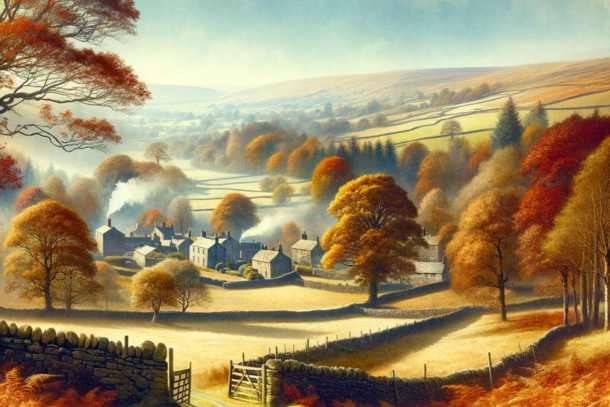
Embracing Autumn: Sleep Routines for the British Season
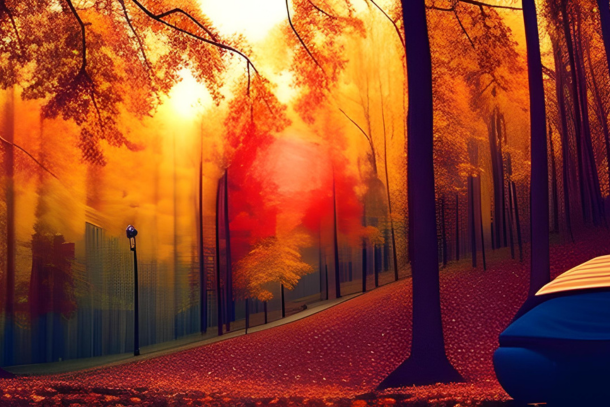
Autumnal Slumber: Understanding Our Seasonal Sleep Patterns
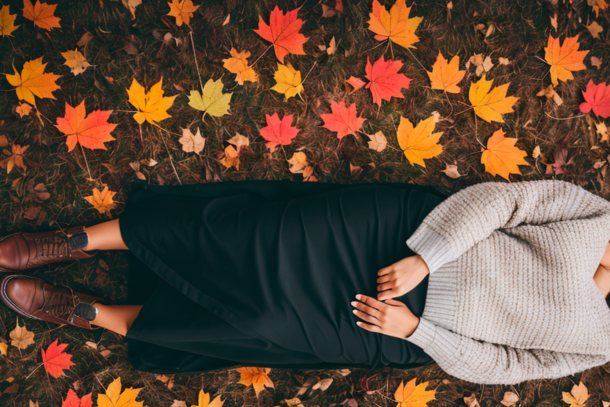
Crafting the Ideal Autumnal Sleep Sanctuary

Savouring Autumn: Foods to Enhance Your Sleep
